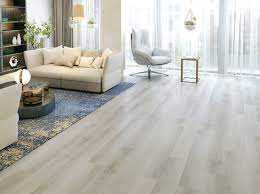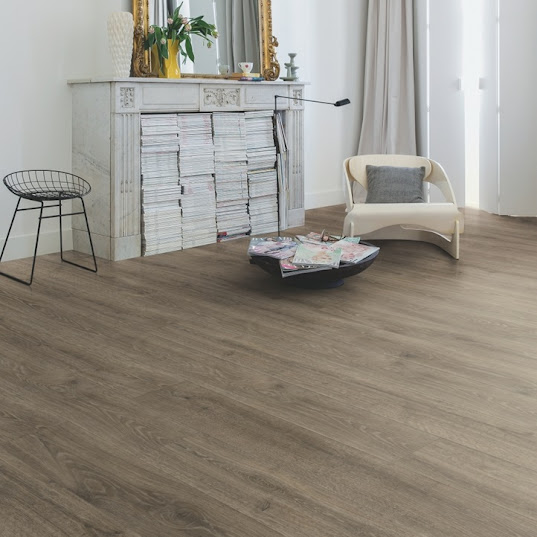How Artificial Grass Is That It Requires Very Little Maintenance Compared To Natural Grass?
Artificial grass, also known as synthetic turf, has become increasingly popular in recent years as a low-maintenance and cost-effective alternative to natural grass. In this blog, we'll take a closer look at artificial grass, its benefits, and its different types.
Benefits of Artificial Grass:
One of the main advantages of Artificial Grass is that it requires very little maintenance compared to natural grass. Artificial grass doesn't need to be watered, mowed, or fertilized, which can save homeowners a lot of time and money. It's also durable and resistant to wear and tear, making it an ideal option for high-traffic areas.
Another benefit of artificial grass is that it's eco-friendly. Natural grass requires a lot of water to maintain, especially in dry climates, which can strain local water resources. Artificial grass, on the other hand, doesn't need any water, which can help conserve water and reduce your water bill.
Types of Artificial Grass:
There are two main types of Artificial Grass Dubai: infill and non-infill. Infill artificial grass is filled with a material like silica sand or crumb rubber to give it more stability and durability. Non-infill artificial grass, as the name suggests, doesn't require any infill material. Here's a closer look at each type:
Infill Artificial Grass: Infill artificial grass is the most common type of artificial grass. It's made of synthetic fibers that are woven into a mesh backing, and it's filled with a material like silica sand or crumb rubber to give it more stability and durability. Infill artificial grass is available in different lengths, densities, and colors, so you can choose the one that best suits your needs.
Ideal For Small Areas Like Balconies Or Rooftops
Non-infill Artificial Grass: Non-infill artificial grass doesn't require any infill material. Instead, it has a dense pile that's designed to stand up on its own. Non-infill artificial grass is ideal for small areas like balconies or rooftops, where there's not enough room for infill material.
In addition to these two types, there are also different grades of artificial grass to choose from:
Low-grade artificial grass is the most affordable option. It's less dense and less durable than higher-grade options, but it's still a good option for small spaces like balconies or patios.
Mid-grade artificial grass is a step up from low-grade artificial grass. It's denser and more durable, making it a good option for medium-sized spaces like yards or sports fields.
High-grade artificial grass is the most expensive option, but it's also the most durable and long-lasting. It's designed to withstand heavy foot traffic and extreme weather conditions, making it an ideal option for commercial spaces like sports arenas or public parks.
In conclusion, artificial grass is a low-maintenance and eco-friendly alternative to natural grass. With its wide range of colors, densities, and grades, it's easy to find the perfect artificial grass for your home or business. Whether you choose infill or non-infill artificial grass, you can rest assured that you're getting a high-quality flooring option that will last for years to come.
.jpg)



Comments
Post a Comment